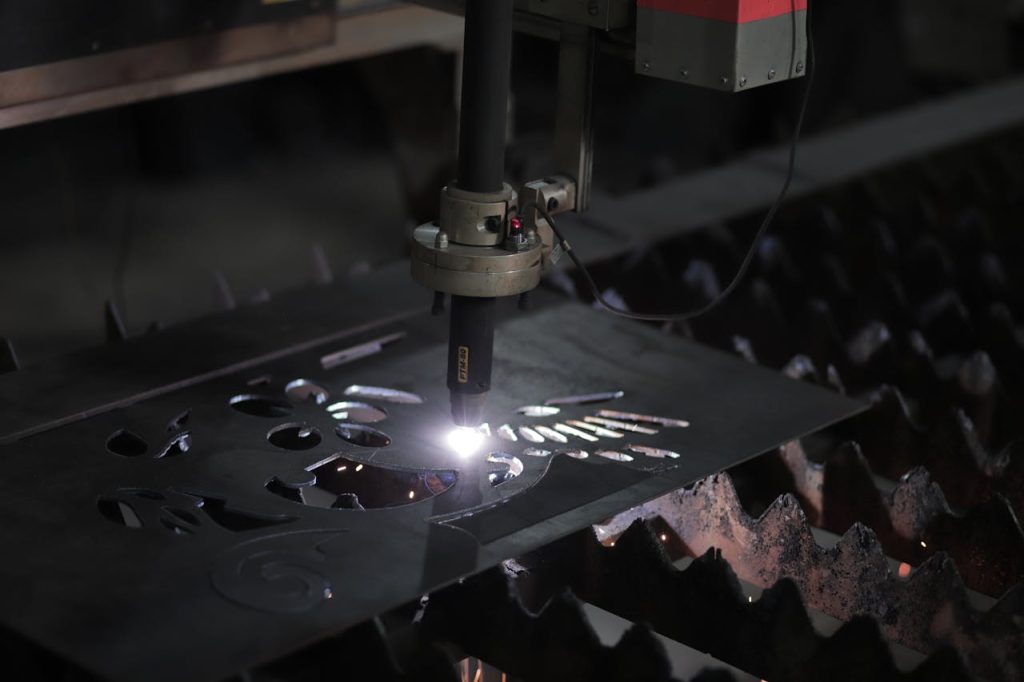Robots have revolutionized the manufacturing industry by offering unparalleled capabilities and versatility. From assembly lines to material handling, robots play a crucial role in automating and streamlining various processes. In this article, we will explore how robots are used in manufacturing, examining their applications across different sectors and providing examples of their utilization in real-world scenarios.
Assembly and Production
One of the primary applications of robots in manufacturing is assembly and production. Robots are capable of performing intricate and repetitive assembly tasks with precision and speed. They can handle delicate components, apply consistent force, and ensure accurate positioning, resulting in higher-quality products. Whether it’s automotive assembly, electronics manufacturing, or consumer goods production, robots excel in improving efficiency and reducing errors.
Material Handling and Logistics
Robots are extensively used for material handling and logistics in manufacturing facilities. They can transport raw materials, components, and finished products between different stages of the production process. With their ability to lift heavy loads and navigate through complex environments, robots streamline material flow, reduce manual labor, and optimize warehouse operations. Automated guided vehicles (AGVs) and robotic arms are common examples of robots used for material handling tasks.
Welding and Joining
Robotic welding systems have become a staple in the manufacturing industry. Robots equipped with welding tools and vision systems can perform precise and consistent welds on a wide range of materials. They excel in high-volume production lines and can handle complex welding patterns with accuracy, ensuring strong and reliable welds. Robotic welding systems enhance productivity, improve weld quality, and reduce the risk of errors or rework.
Painting and Coating
Robots are widely employed for painting and coating applications in manufacturing. With their programmed movements and spray control, robots ensure uniform and precise application of paints or coatings on various surfaces. They can cover large areas efficiently and eliminate inconsistencies caused by human factors. Robotic painting systems enhance finish quality, reduce paint waste, and increase throughput in industries such as automotive manufacturing and furniture production.
Quality Inspection and Testing
In manufacturing, robots are utilized for quality inspection and testing processes. Vision-guided robots equipped with cameras and sensors can perform visual inspections, measure dimensions, detect defects, and conduct quality checks on products. They can compare products to reference models, identify abnormalities, and sort out faulty items. By automating inspection tasks, robots improve accuracy, speed up the process, and ensure consistent quality control.
Collaborative Robots (Cobots)
Collaborative robots, or cobots, are a specific type of robot designed to work alongside humans in a shared workspace. Cobots are used in various manufacturing scenarios where human-robot collaboration is required. They can assist with tasks such as material handling, assembly, and machine tending, while ensuring the safety of human workers. Cobots enhance productivity, optimize workflows, and create a more ergonomic and cooperative working environment.
Examples of Robotic Applications in Manufacturing
Automotive Industry: Robots are extensively used in automotive manufacturing for assembly, welding, painting, and quality inspection tasks. They handle tasks such as engine assembly, chassis welding, and body painting, contributing to efficient and high-quality production processes.
Electronics Manufacturing: Robots play a vital role in electronics manufacturing by performing tasks such as printed circuit board (PCB) assembly, soldering, and component testing. They ensure precise component placement, accurate soldering, and thorough quality control.
Food and Beverage Industry: Robots are utilized in the food and beverage industry for packaging, palletizing, and sorting operations. They handle products such as bottles, cans, and packages, ensuring efficient packaging, reducing errors, and maintaining hygiene standards.
Pharmaceuticals and Medical Devices: Robots are used in the pharmaceutical and medical device manufacturing industry for tasks such as pill counting, labeling, and packaging. They contribute to accurate and efficient production processes, complying with strict regulatory requirements.
Aerospace Industry: Robots are employed in the aerospace industry for tasks such as drilling, riveting, and inspection. They handle complex and precise operations involved in aircraft assembly, ensuring high quality and reducing production time.
Conclusion
Robots have revolutionized manufacturing by offering automation, precision, and efficiency across a wide range of applications. From assembly and material handling to welding and quality inspection, robots have become indispensable in modern manufacturing facilities. By leveraging the capabilities of robots, industries can achieve higher productivity, improved product quality, and a competitive edge in the global market.

